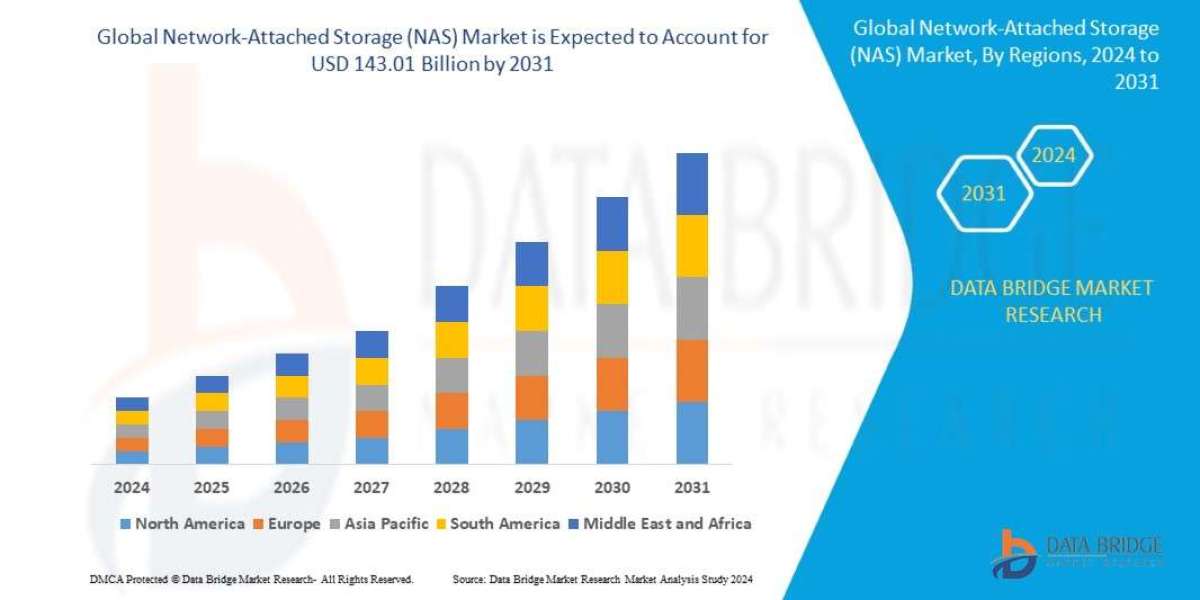Auto Disable Syringes: A Simple Innovation Saving Millions of Lives
In a world where medical innovations often mean high-tech devices and cutting-edge procedures, sometimes the most impactful changes come from the simplest ideas. One such invention is the Auto Disable Syringe (ADS) — a humble tool that has become a silent hero in global health, particularly in developing regions.
The Problem with Reuse
Before we dive into the brilliance of the auto-disable syringe, it's essential to understand the issue it was designed to solve. In many parts of the world, particularly in low-resource settings, healthcare providers often reuse syringes due to supply shortages, cost limitations, or lack of awareness. This seemingly minor action leads to catastrophic consequences — the spread of infectious diseases such as HIV, hepatitis B, and hepatitis C.
According to the World Health Organization (WHO), unsafe injection practices caused approximately 1.7 million cases of hepatitis B, 315,000 cases of hepatitis C, and 33,800 cases of HIV annually in the early 2000s. These are not just numbers — they represent mothers, fathers, children, and healthcare workers who were harmed by something as basic as a reused syringe.
Enter the Auto Disable Syringe
Imagine a syringe that, once used, locks itself permanently. It can’t be reused, refilled, or tampered with. That’s exactly what an auto disable syringe does. It looks like an ordinary syringe, but it contains a simple mechanism — often a breakable plunger or locking system — that prevents a second use. Once the medication is administered, the plunger is either blocked or breaks, making it impossible to draw up a new dose.
This one-time use feature is not just about patient safety — it's a silent guardian that stands between communities and potential outbreaks.
Designed for Impact, Not Profit
One of the most commendable aspects of auto disable syringes is their humanitarian focus. Inventors and organizations behind their global rollout have prioritized accessibility over profitability. In fact, ADS technology was popularized through global initiatives like those led by PATH, UNICEF, and WHO, with the goal of ensuring that even the most remote health clinics have access to safe injection tools.
These syringes are now often used in national immunization campaigns, particularly in countries where vaccine-preventable diseases still pose a serious threat. When a health worker in rural Africa, Southeast Asia, or Latin America vaccinates a child against measles or polio using an auto-disable syringe, there’s a sense of reassurance — for both the caregiver and the parent — that safety is being upheld.
A Global Health Essential
Auto disable syringes have become a cornerstone of safe injection practices around the globe. In fact, in 1999, WHO and UNICEF recommended that all immunization syringes should be of the auto-disable type. Since then, billions of doses have been administered using ADS, significantly reducing disease transmission related to needle reuse.
They are now commonly used in:
Mass immunization campaigns
Routine childhood vaccinations
Pandemic response efforts (including COVID-19 vaccine rollouts)
Injection-based treatments in vulnerable communities
This small piece of plastic and rubber has quite literally helped transform public health in places where change is most needed.
Challenges Still Exist
Despite their benefits, auto disable syringes face several hurdles. One major issue is cost. While they are not expensive by Western standards, they are still more costly than traditional syringes. For overstretched health budgets, especially in low-income countries, this price difference can add up.
Another issue is awareness and training. Some health workers, especially in areas with minimal access to training, may be unfamiliar with auto disable syringes. Education campaigns, distribution support, and policy changes are still needed to make ADS the default option worldwide.
Looking Ahead: Innovation with a Human Purpose
In an age where AI, robotics, and biotech dominate the headlines, the story of the auto disable syringe reminds us that human-centered design — putting people’s safety and dignity at the core — is just as critical. The success of ADS isn’t measured in stock prices or flashy features. It’s measured in lives saved, infections prevented, and trust rebuilt in healthcare systems.
As the world continues to face health challenges — from new disease outbreaks to mass vaccination needs — tools like the auto disable syringe will remain frontline warriors. And the best part? They're not just saving lives; they’re doing it with simplicity, affordability, and purpose.
Browse More Reports:


